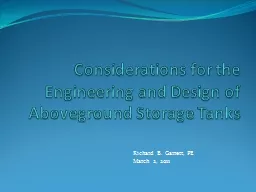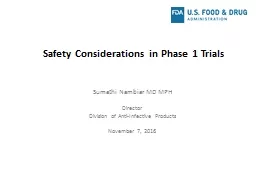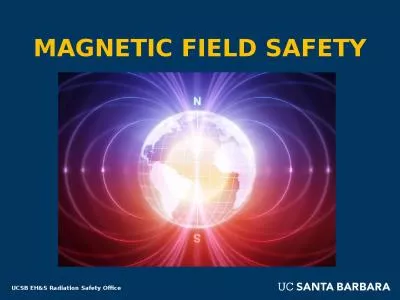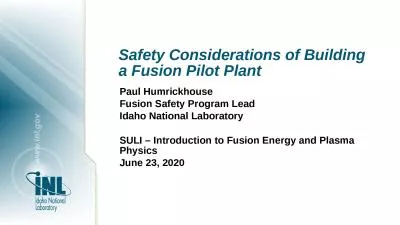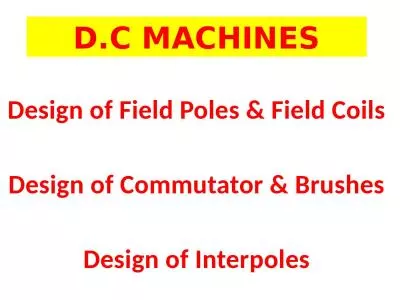PPT-Field Safety Considerations and its Design Implications —
Author : tatyana-admore | Published Date : 2017-07-06
Purpose Introduction Workplace Hazards Hazard Control Risk Assessment Review Decision Making The purpose of this safety module is to provide graduate engineers
Presentation Embed Code
Download Presentation
Download Presentation The PPT/PDF document "Field Safety Considerations and its Desi..." is the property of its rightful owner. Permission is granted to download and print the materials on this website for personal, non-commercial use only, and to display it on your personal computer provided you do not modify the materials and that you retain all copyright notices contained in the materials. By downloading content from our website, you accept the terms of this agreement.
Field Safety Considerations and its Design Implications —: Transcript
Download Rules Of Document
"Field Safety Considerations and its Design Implications —"The content belongs to its owner. You may download and print it for personal use, without modification, and keep all copyright notices. By downloading, you agree to these terms.
Related Documents

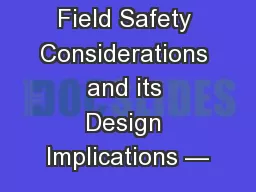
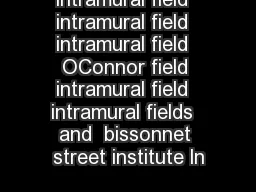


![Statistics Review and Design Implications [TEMPLATE]](https://thumbs.docslides.com/700586/statistics-review-and-design-implications-template-1457176.jpg)

